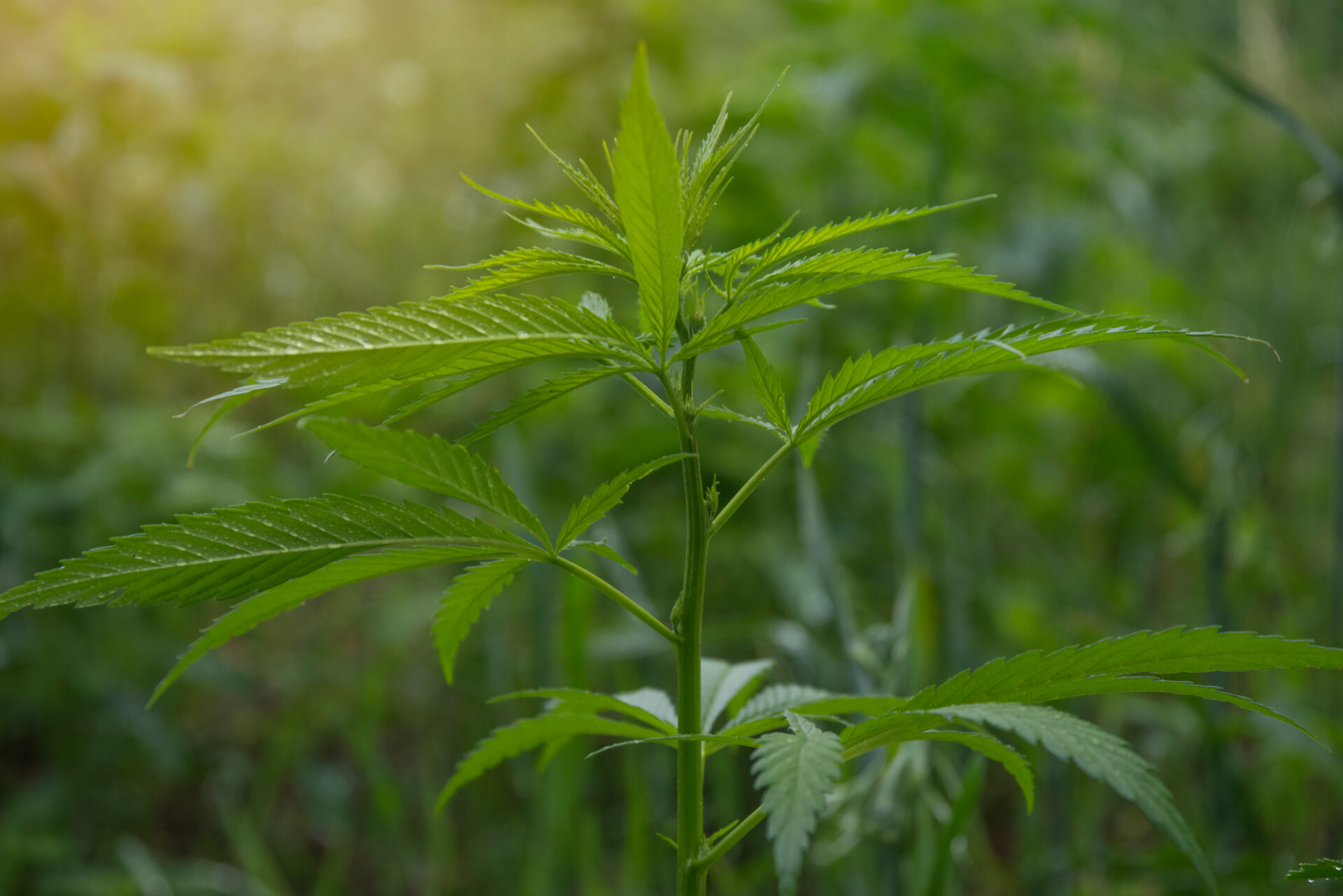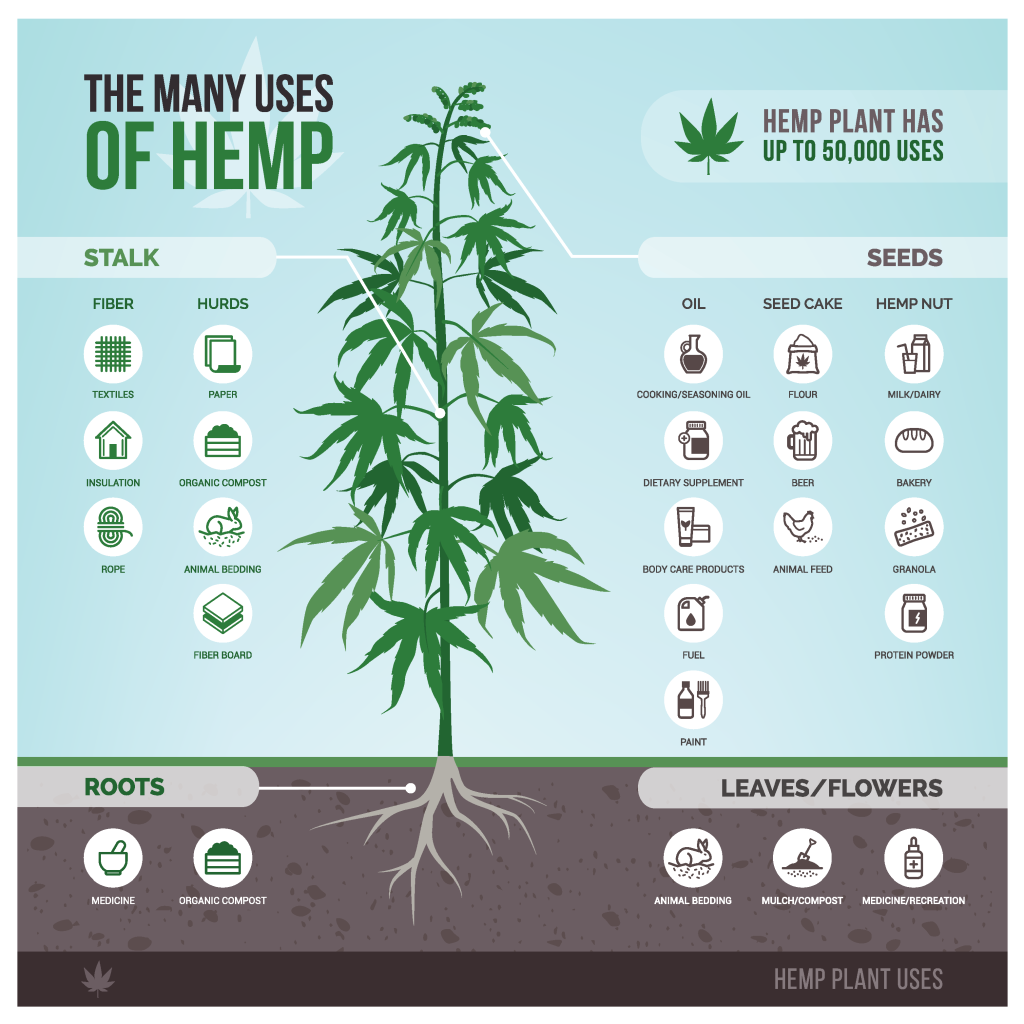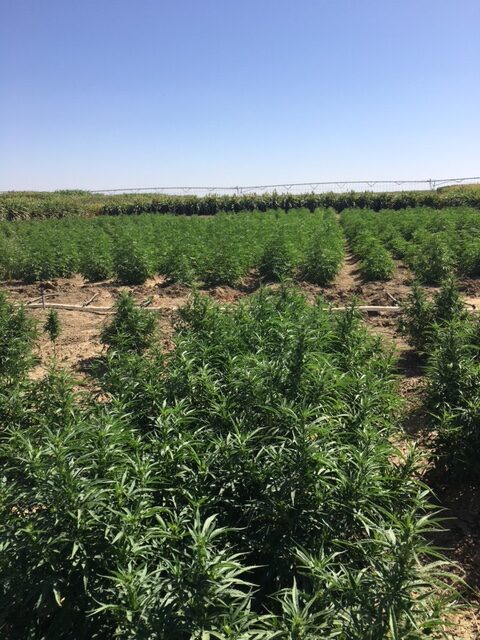
Growing hemp was outlawed in 1970, but since the California Hemp Farming Act was signed into law and became effective on January 1, 2017, hemp is again a legal crop. Still, not just anyone can throw their hat in the ring to legally grow hemp. There is a somewhat involved registration process to wade through first, as well as rules and regulations for California hemp growers to follow. Here’s a brief overview.
Getting Registered
Farmers wishing to grow hemp must pay a $900 fee and apply for registration with the agricultural commissioner in the county where they plan to grow the crop. A separate registration is required for each county in which a grower wishes to produce hemp. Besides detailed contact information, the application must also include the legal description of land that will be used for growing or storing hemp along with the GPS coordinates and a map. Growers must list the hemp cultivars they intend to plant along with the state or country of the cultivar’s origin. They must also describe a plan for testing their plants as well as a proposal to destroy any plants with a THC level above 0.3%. Hopeful hemp growers must also submit a criminal history report.
If a grower’s application is approved, they become a registered grower. The registration is valid for one year. It must be renewed annually at least 30 days before the prior year’s registration expires, and include a $900 renewal fee. Registration and renewal fees may vary from county to county. The ag county commissioners will keep hemp records for at least three years.
If a registered grower wants to change the land area for growing or storing hemp, he must submit an updated registration. The same holds true if he wishes to switch cultivars.
Only approved certified hemp cultivars are allowed. The approved cultivar list may be updated with varieties added, amended or deleted. At least one public hearing will be held before making a change to the list. Only registered agricultural research institutes or registered hemp breeders may legally develop new cultivars.

Plant Testing
Sampling hemp plants to test for acceptable THC levels must be done no more than 30 days before harvest. The grower or breeder must be present when samples are collected. Sampling is done by the county ag commissioner or a sample-taker assigned by the commissioner.
Each primary sample will include all parts of the plant—stems, stalks, flowers, buds and seeds, if applicable. Five or more primary samples make up one composite sample which will be taken from each field or from each cultivar within the same field. Indoor and outdoor growing areas are treated as separate fields. Check with the California Department of Food and Agriculture (CDFA) for exact testing procedure, including the number of plants to be tested per field and the portion of the plant that is tested.
Samples, along with the grower’s proof of registration and other documents, are sent to a laboratory approved by the CDFA. The lab must use approved testing methods. The percentage of THC is measured on a dry-weight basis.
The samples will receive a pass or fail report— a pass if the test shows 0.3% THC or less. The grower will receive at least 10 copies of a pass report. The lab keeps report records for two years or more. Growers are required to do the same and must make reports available to the CDFA, the commissioner or law enforcement if asked.
If the plant samples fail with levels over 0.3% but not over 1%, the grower will submit additional samples. If the crop sampling fails a second time, the plants must be destroyed.
The amount of time given for growers to destroy the crop depends on the THC level. If levels fall between 0.3 and 1% THC, plant destruction needs to happen as soon as possible, with growers given a time frame of no more than 45 days after receiving a failed lab report. If plant samples fail with a THC level over 1%, destruction of the crop must begin within 48 hours and be completed within a week.
Exceptions for higher THC levels may be authorized for a registered and established research institute for approved hemp cultivar breeding purposes.

Violations and Consequences
A first-time offender is given a chance to redeem their mistake. If a hemp grower, breeder or researcher commits a negligent violation that is not considered a repeat offense, a corrective plan is put into place by the CDFA secretary. The plan will include a reasonable date to correct the violation.
Once a grower, breeder or researcher is negligent, he is put on a sort of probationary status. For at least the next two years, he must periodically report to the secretary and verify his compliance.
Three strikes and you’re out: If a hemp grower, breeder or researcher commits a negligent violation three times within a five-year span, he is ineligible to take part in the hemp-growing program for five years after the date of his third violation.
Violations deemed intentional, reckless or grossly negligent will be immediately reported by the secretary to the U.S. Attorney General and the California Attorney General.
Anyone who has been convicted of a felony on or after Jan. 1, 2020, which involves a controlled substance under either state or federal law, cannot take part in the California Industrial Hemp Program for 10 years after the date of conviction.
Thou shalt not lie: Anyone who falsifies information on the application or registration is not allowed to take part in the California industrial hemp program.
Hemp Advisory Board
The Industrial Hemp Advisory Board is made up of 13 members, including five registered hemp growers, two agricultural researchers, one representative from the State Sheriffs’ Association, one county ag commissioner, one representative of the Hemp Industries Association, two representatives of businesses that sell industrial hemp products and one member of the public.
The board advises the CDFA on things such as annual budgets, industrial hemp seed law and regulations, enforcement and setting fees. Board members serve a three-year term. That term for current board members runs through May 31, 2023. The board meets at least once a year. Positions are not salaried, but board members may be compensated for travel expenses.
A Look at the Numbers
As of July 2, 2020, there were 553 registered industrial hemp growers and breeders in the state; 1,077 registered cultivation or research sites; and 26,226.3 registered acres.
Leading counties include Riverside with 101 growers and breeders, 152 sites and 8,191.5 acres; San Diego with 78 growers and breeders, 130 sites and 509 acres, and Fresno with 48 growers and breeders, 97 sites and 2,200 acres.
Other counties have fewer growers than those mentioned above, but more than 2,000 acres each in hemp production: Kern County with 2,287 registered acres, Ventura with 2,583 and San Bernardino with 2,763 acres.






